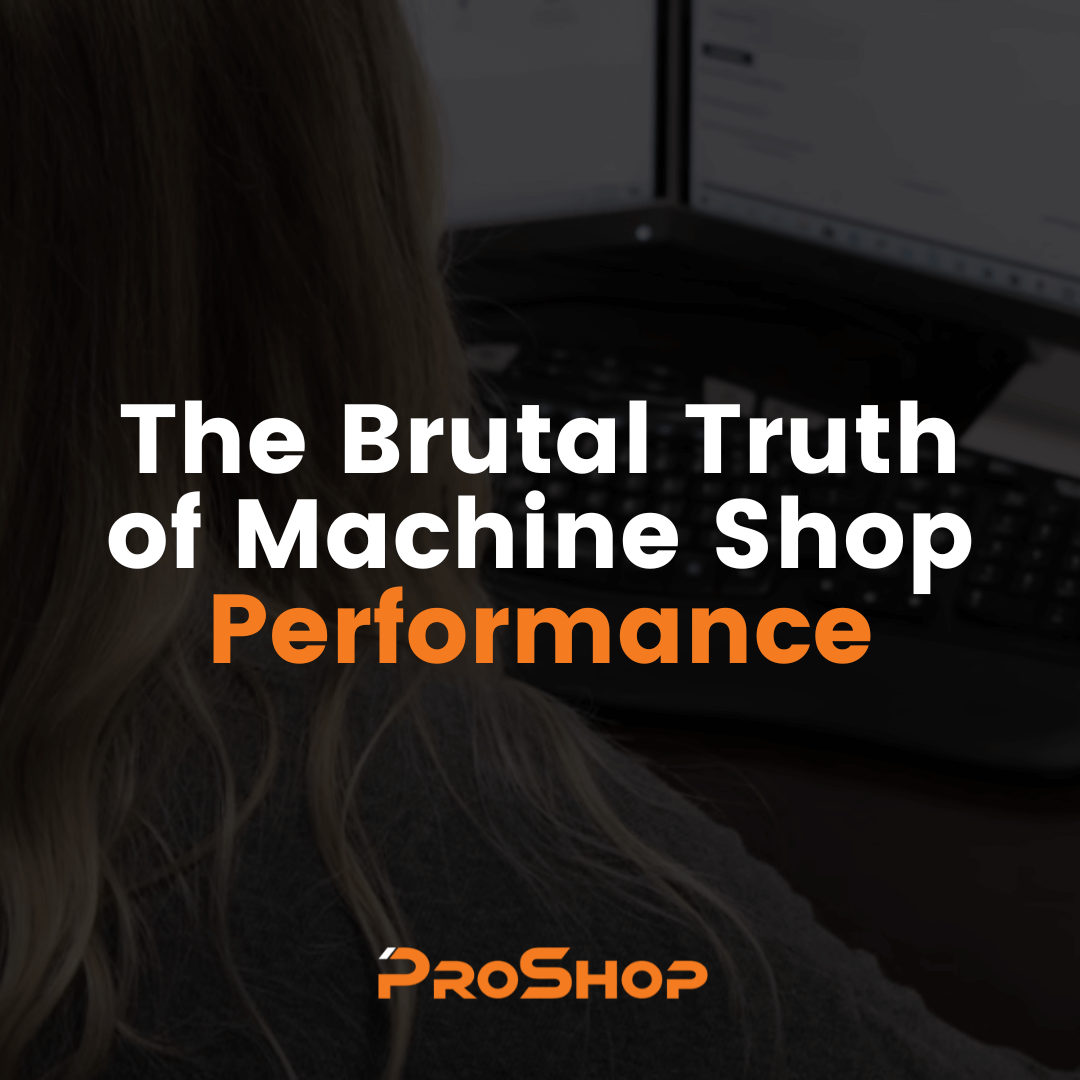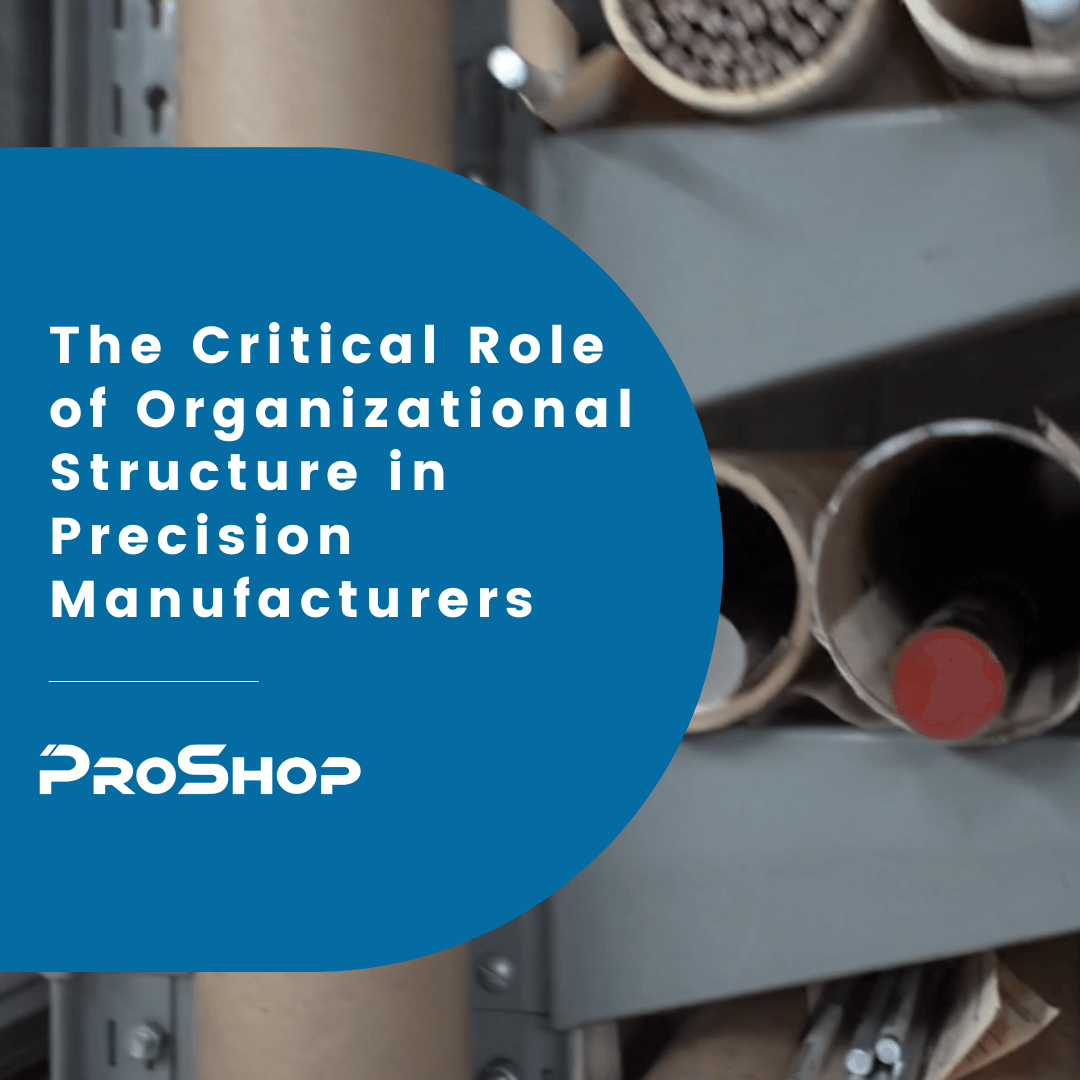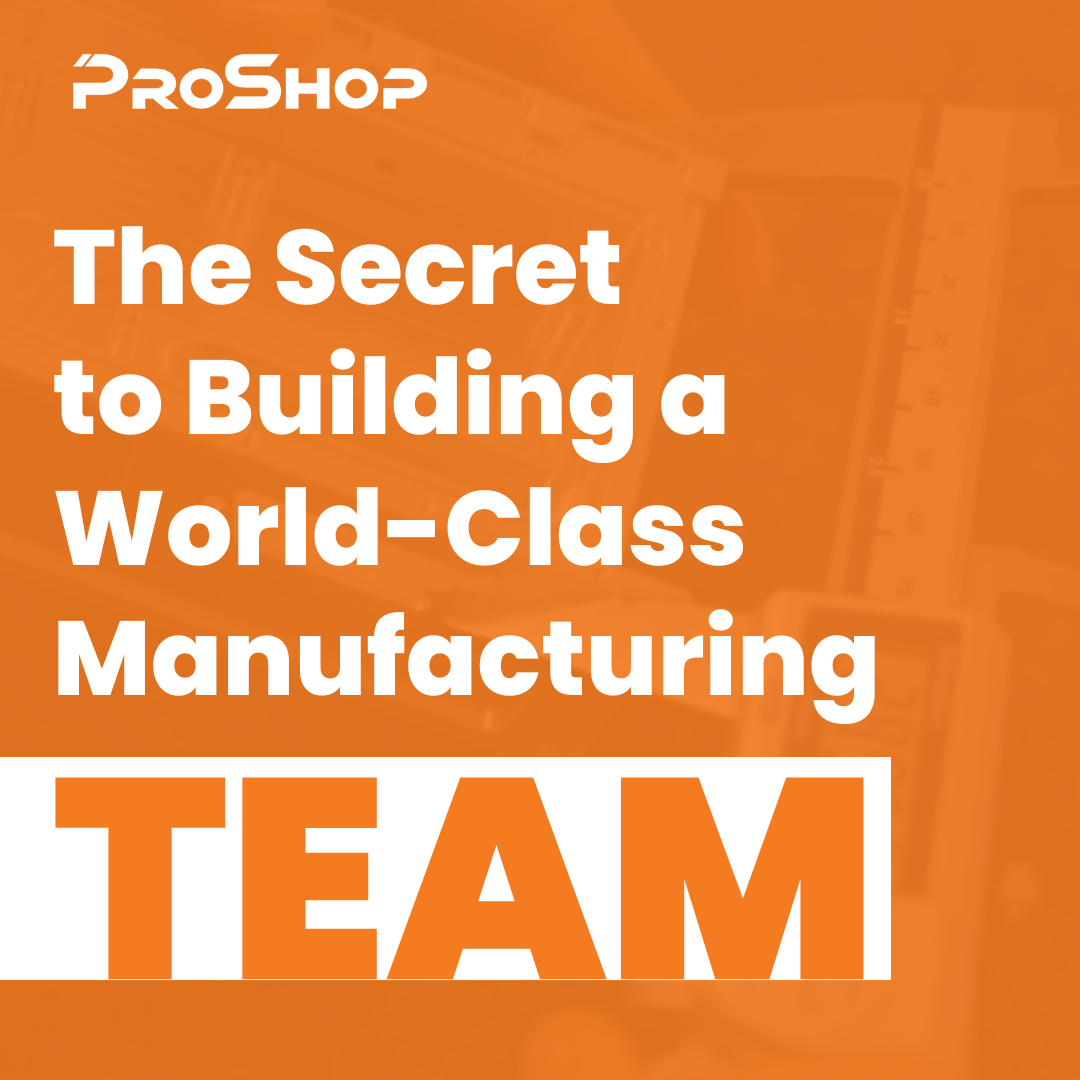Process
& Scheduling
Management
Maintenance
Management
& Inspection
& Material Planning
Financial Data
Management
What is the best way to run a machine shop? Certain aspects of that answer might be subjective, but I’d bet that most shop owners have a specific reason for why they run things the way that they do. As a manufacturing business owner, your years of experience, wins, and failures have taught you what works, and what doesn’t. In many cases, you learned the hard way, and want to avoid making the same mistake twice. As a result of your experience, you have a system for running your business that may work well, or may not. Many shop owners are expert technicians in their craft, but may not have developed exceptional skills in building processes and operating systems. And regardless of whether or not the system is excellent, the problem is, if you’re like most shop owners, that system only exists in your head, and is therefore not scalable.
When we talk about systems and processes in a machine shop environment, our minds usually go straight to the shop floor and the processes we use in the production process. Obviously production is a great place to start in systematizing your business, but it doesn’t go far enough. The truth is, you need a defined system for every department of your business.
Picking up this blog series on having an endgame for your machine shop business, we come to the third installment which we’ve dedicated to the topic of having an operating system for your machine shop business. Why is having an effective operating system important? Well, it has a lot to do with your endgame. Here are some scenarios:
An operating system is the defined way in which your machine shop must operate in order to be successful. It’s the culmination of your experience, mistakes, and lessons learned all packaged up in a way that is teachable and learnable. This might be the most important aspect of successfully achieving your desired endgame.
The first step in this blog series was to move beyond the fork in the road and make the decision to take your shop to the next level. The second step was to cast a vision of success for the business, share that vision with the team, and empower them to execute on your behalf. Now, in the third step, you must define and execute on the operating system that will allow your business to be managed by someone else.
You will have to exit your business one day whether you like it or not. If you don’t have a plan to leave the business in capable hands and in a healthy state, it’ll be bad news for you and the team you leave behind. Your story as a manufacturing leader and business owner deserves a happy ending. Your legacy should be a good one.
The previous blog post focused on delegating to the team so that you can focus on the strategic work of growing the business. The next step is to establish an operating system whereby you can delegate yourself out of a job and successfully exit the business. The goal is to walk away having left things in a good state. That might seem scary to think about at first, but when executed well, it can be liberating. If you want to retire in 5 years, then you have 5 years to figure this out. Stick to one vision, one operating system, and one endgame. Just as professional sports are played by one set of rules, so too your business must have one abiding operating system to run effectively.
If establishing an operating system for your business seems overwhelming, here are some guidelines:
Simplify (KISS). While I acknowledge that running a successful manufacturing business can be complex and highly technical, you’ll want to simplify things as much as possible. Your ability to grow and succeed will be largely dependent on the learnability of your systems and processes. You’ll want things to be as easily understood and memorable as possible. The quicker processes can be learned and executed on, the quicker you’ll be able to onboard new employees, promote existing employees, and see the benefits on the bottom line. In many cases, less is more. Simplify, reduce complexity, and eliminate redundancies.
Begin with the highest return tasks. If you’re starting from scratch, this might seem intimidating. As always, start with documenting the systems and procedures that will provide you with the highest return once they are established. As the owner and operator, ask yourself these questions and see if anything jumps out at you:
Work outward until the whole business is systematized. An effective operating system will be made up of several core components. This would include but not be limited to:
These systems compiled into an effective operating system is your secret sauce. A learnable operating system that allows you to manage the business efficiently and productively. The key element that will allow you to reach your endgame with joy in your heart and a smile on your face. Now isn’t that something? TIP: If your name is in the process, re-write it, as it won’t be scalable.
Roll it out. Don’t go through the trouble of establishing an operating system for your business just to stick it on the shelf and allow it to collect dust. You need to roll it out across the organization. Implementing any new system will have its challenges, but communication, consistency and commitment are the name of the game. If you encounter issues with the operating system, make changes as you go.
Your way of doing business will be the culmination of your experience, mistakes, and lessons learned all packaged up in a way that is easily taught and learned. It’ll be unique to you. If you’ve observed an employee completing a task and thought to yourself: “That’s not how I would do it!”, maybe this is an opportunity to distill the best ideas from your team and settle on the best process for your company.
How ProShop can help.
ProShop plays a key role in the operating system of 100’s of Machine Shop businesses. This is our superpower, and ProShop becomes the backbone of nearly every essential process within the shop. Processes and procedures can be easily documented and retrieved within ProShop so that each employee has access to detailed work instructions, regardless of their department. The built-in training module and org chart can be used such that specific training can be linked to specific employee roles to ensure access to comprehensive training for new and existing employees alike. When all processes are housed in one paperless system, efficiency skyrockets, and throughput increases on the order of 25%. As employees manage processes, key information is recorded and concisely displayed in dashboards so that shop owners know exactly how the business is performing and can respond by making informed decisions and coaching their teams to continuously improve the processes.
When the culmination of this work is completed, you’ll have a smooth running, profitable and valuable business that will give you myriad options for a very successful future for you and your business.


